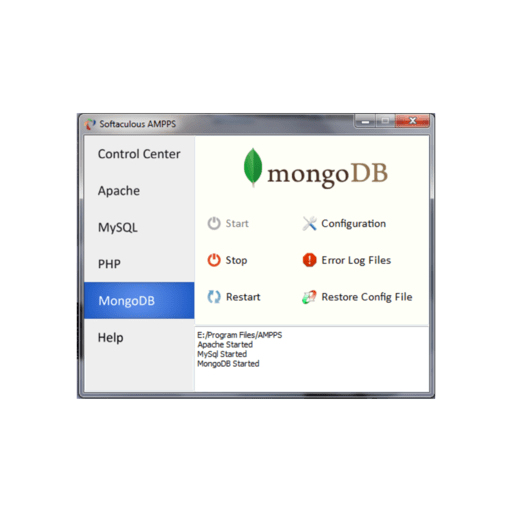

- #AMPPS INSTALL WORDPRESS SOFTWARE#
- #AMPPS INSTALL WORDPRESS PASSWORD#
Now, Let’s Install the Latest Version of WordPress Right-click the tray icon for the XAMPP Control Panel and stop, and then start, MySQL after changing the “root” password.
#AMPPS INSTALL WORDPRESS PASSWORD#
Visit to set a password for the “root” user.You can add a new user for the database, or just use “root.”.Below the Create database box type in a name for your WordPress database (and make note of it) and click the Create button.Click on the Databases tab across the top.Right-click the tray icon for the XAMPP Control Panel and start Apache and MySQL.Don’t expect anything exciting, it just creates an icon in the system tray. After installation you will be asked to launch the Control Panel.
#AMPPS INSTALL WORDPRESS SOFTWARE#
I gave the software permission to go through the firewall, and let everything install to the default folder on my machine.
During setup I allowed all the defaults. I downloaded the “Installer” package which is an executable that you can just double-click immediately after downloading. In the video I demonstrated using XAMPP for Windows because I have a Windows machine. Do a Google search for “XAMPP” or head right to. WordPress Multi-site Setup on XAMPP WP Multi-site Setup Video Tutorialįirst, Download and Install XAMPP and Start the Services If you want to install WordPress multi-site on a live server then check this tutorial. Beyond that though I am not sure of the advantages or disadvantages of either. While I am using XAMPP in this example, I might suggest USBWebServer to run a local site web server as the process is much simpler and quicker. PHP and MySQL are included making it work easily for WordPress and WordPress Multi-site. I will be using XAMPP to run a “web server” on my local machine allowing me to host web sites. Well, in this article, and the accompanying video I will go through the process to make that happen. So you want to install a WordPress Multi-site Network on your local computer using XAMPP, huh? (you like that HTML Goodies throwback?)





 0 kommentar(er)
0 kommentar(er)
